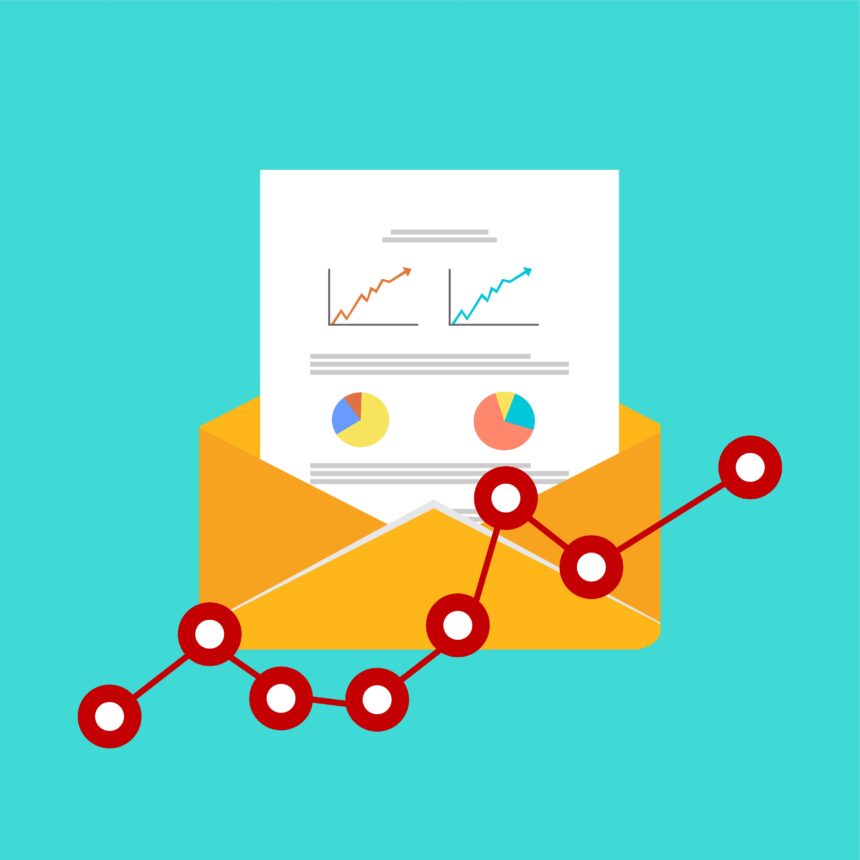Innovation has been the backbone of economic progress since the dawn of civilization. A number of revolutionary technological achievements have improved our quality of life and driven economic growth for thousands of years. These days, predictive analytics methods are playing an important role in innovation. A lot of emphasis has been placed on the role of innovation in our lives. However, these discussions usually gloss over the vast majority of failed inventions. The increasingly robust field of predictive analytics is going to play an important role in vetting new product ideas to ensure greater economic stability and progress in the years to come.
The Need to Reframe the Focus of Innovation
Most pundits agree that the quality of innovation is strongly correlated with a number of ideas that reach the marketplace. This is a very salient point. However, the problem is that organizations can waste a tremendous amount of resources on poorly vetted ideas. This limits the ability of other ideas to thrive. The number of poorly conceptualized ideas is daunting. According to the United States Trade and Patent Office, 95% of patent applications are denied. Among the ideas that do receive patents, only 3% ever generate any revenue. Finding a better way to identify viable ideas is key.
The Vital Role of Predictive Analytics in the Field of Innovation
Predictive analytics has been used in a variety of fields to minimize waste, increase effective utilization of resources and help all stakeholders find better parity with organizational goals. It hasn’t been put to the test in the field of innovation to the same extent as fields of finance, public polling, law enforcement and a number of other fields. However, that is primarily because it takes time to develop predictive analytics models and the forecasts are often made years into the future. Nevertheless, it is clear that predictive analytics is going to be a vital component in meeting innovation targets in virtually every industry. Here are some of the key reasons.
Monitoring externalities that will influence demand
While studying the changes in your customer composition is important, it is even more important to identify market forces that will drive demand. There are loads of factors, such as:
- Greater concern about climate change and other environmental risks.
- Fears of scarcity due to a reduced number of resources available.
- Growing concerns about data security.
- A need for greater autonomy in their daily lives.
- The growing focus on digitalization.
The last point in this list is a big reason that so digital development tools have dominated the landscape in recent years. You can now print on demand on Shopify with Printify and other tools, because companies understood the growing need to build applications around that service. There are thousands of factors that can affect demand for any given product or service. Predictive analytics models are being developed that can understand them to make better predictions.
Predicting demand based on changing customer demographics
Demographics are major predictors of demand for various products and services. One of the main reasons that companies have difficulty introducing successful products to the market is that they have a hard time forecasting changes in demographics. They often assume that the composition of income, ethnicities, gender, and other factors among the general population will remain static. They are often blindsided when the representation of some groups grows faster than expected, which changes the level of demand for their product. A number of new predictive analytics models are designed to forecast future demographic trends and use them to predict demand for various products and services. Many experts believe this is the key to identifying changes in demand in the future.
Evaluating the success of previous products
Studying other products can be a great way to determine the likelihood of success for a similar one. If a product developed around a particular market failed in the past, there is a good chance that it will fail again, unless there has been a major shift in the market. Predictive analytics models do not determine the viability of a new product solely based on the success or failure of a previous product. However, they certainly can use it as a variable in their algorithms. As predictive analytics methods and algorithms grow sharper and more sophisticated, companies can get even better at predicting which products will be successful. Each development in predictive analytics brings us closer to brighter and systems of innovation – and that’s something we can all benefit from.

